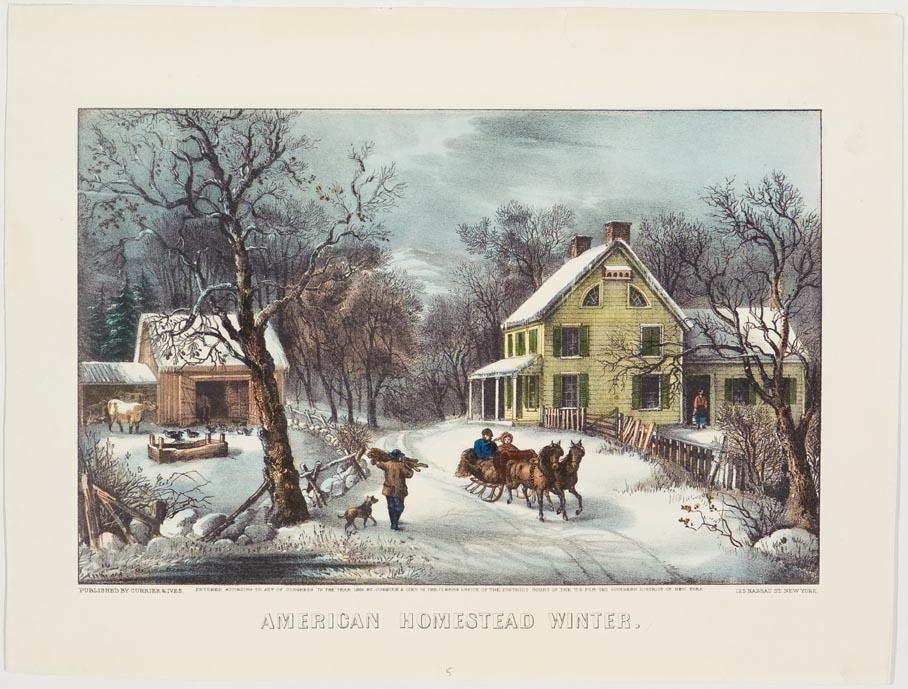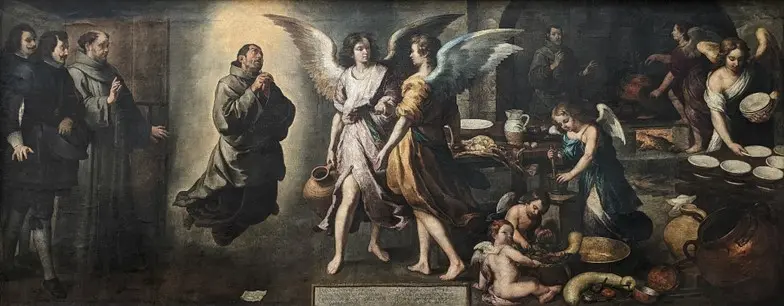
One spring morning I visited Princeton, N.J. I drove down Mercer, crossed Nassau Street, and headed toward the Princeton Museum of Art. I wanted to see an exhibit of drawing masterpieces then on display. Afterward, I thought I’d take in a guided tour of selected pieces throughout the museum.
Toward the end of the tour, our group approached a large painting placed prominently on the wall at the entrance of a side gallery. The guide brought us to a commemorative portrayal of George Washington’s victory at Princeton in 1777 by Charles Willson Peale. The artist placed Washington front and center in a heroic contrapposto stance. He holds a sword and the flag of the new country waves in the dark clouds.
Before the war for independence, Peale and Washington developed a close friendship. Peale believed the colonies should be free of England and his friend was the one to make that happen. Peale’s depiction of Washington is said to be the most accurate of any created at the time.
First-Person Account
The setting is a battle scene with clouds of fired cannon billowing in the background. Peale had firsthand knowledge of the setting and the battle.
According to the U.S. Senate’s website, Peale “had served in the Continental army for three years, commanding a company of Philadelphia militia. He saw action at the Battles of Trenton, Princeton, and Germantown. At Princeton, he found himself in the front line at the battle’s climax, with Washington in command. … Peale visited both Trenton and Princeton to observe and sketch the landscape in preparation for the painting.”
A building in the background amid the clouds of cannon powder the guide identified as Nassau Hall as it appeared in 1777 and which still stands on campus. According to the museum’s website, “the scene suggested is the closing phase of the battle: the British retreat toward the building, following a red flag; the American army advances, led by a blue banner.”
At Washington’s feet is Gen. Hugh Mercer who was mortally wounded during the fighting. New Jersey’s Mercer County and several streets, and buildings in Princeton are named after him.
A surgeon and another officer bearing an American flag can be seen behind Washington.
Our guide pointed to the ornate frame. Another painting, a portrait of George II, occupied the frame before the Revolutionary War. During the battle a cannonball reportedly hit the painting, tearing a hole, and ruining it.
No longer loyal to the king, the colonists of Princeton could do nothing else except replace the painting with Peale’s portrait commemorating the battle. A sculpted crown at the top of the frame was removed as it would not be fitting for the new portrait.
Enduring Friendship
The 18th century in the American colonies was a promising time for young artists who dreamed of successful artistic careers in the new land. Peale did his art during America’s neoclassical age where a talented artist could make a living painting portraits of prominent citizens.
Peale’s sons, Raphaelle and Titian, followed their father as artists. Peale painted them in a trompe l’oeil walking up painted stairs and displayed it near the door of the Peale home. Washington visited his friend often.
On a visit to the Peale home one day, Washington entered and immediately looked in the direction of the painting. The story goes that he bowed in greeting to the figures, a testament to Peale’s skill as an artist.
Washington sat for seven portraits by Peale, the only artist so honored. Peale’s portrait of America’s first president emerged as the model for all future portraits of Washington. Peale and Washington formed an enduring friendship of mutual respect. This painting is one among several that memorializes that friendship.





Friends Read Free